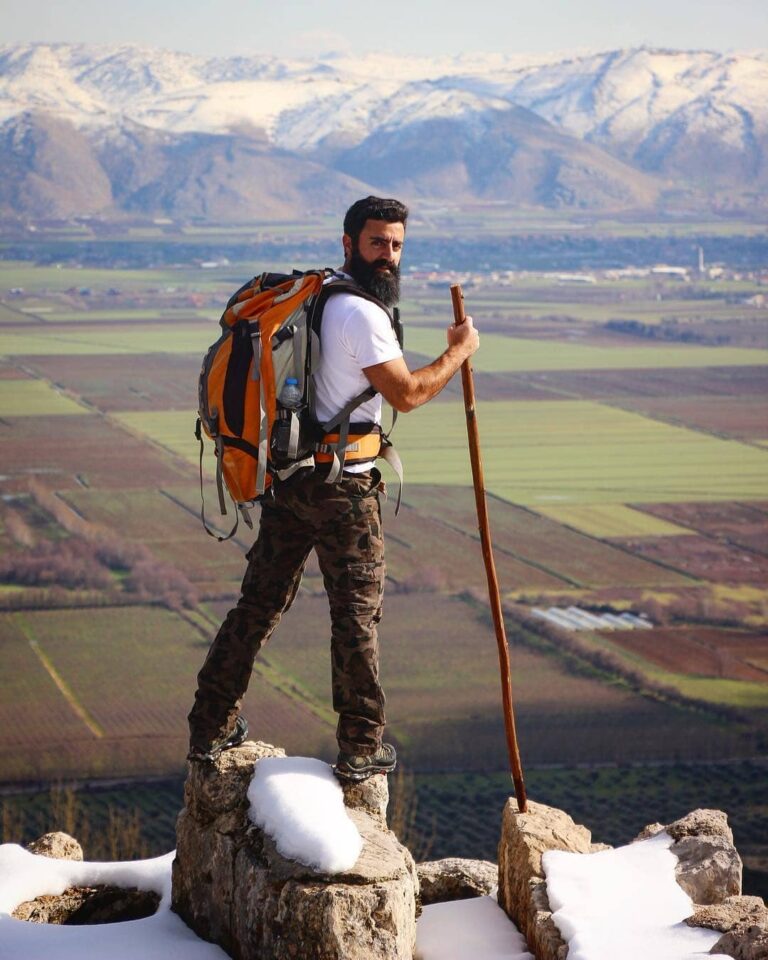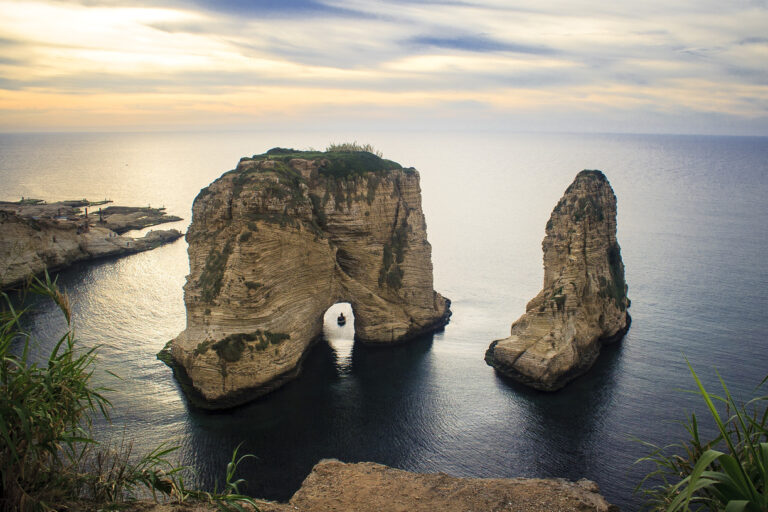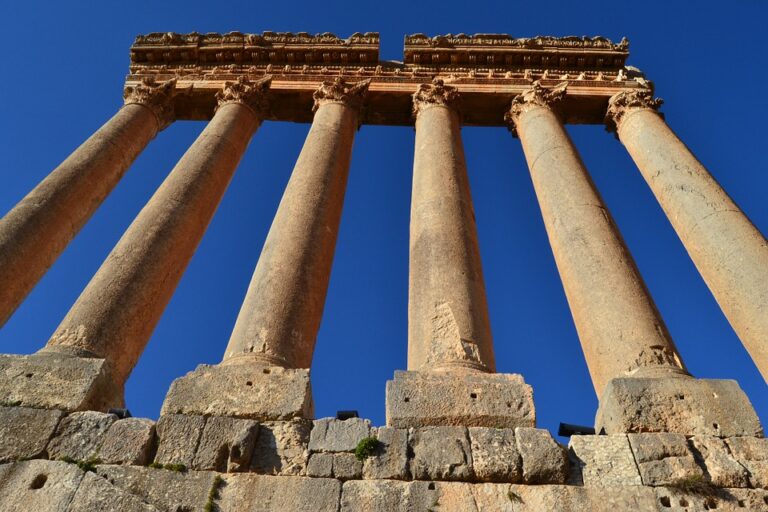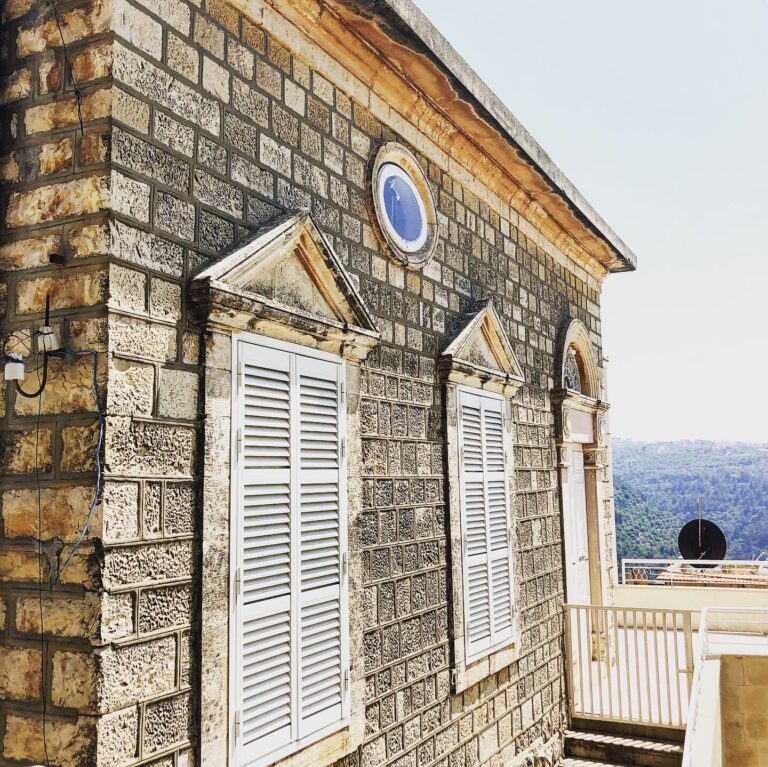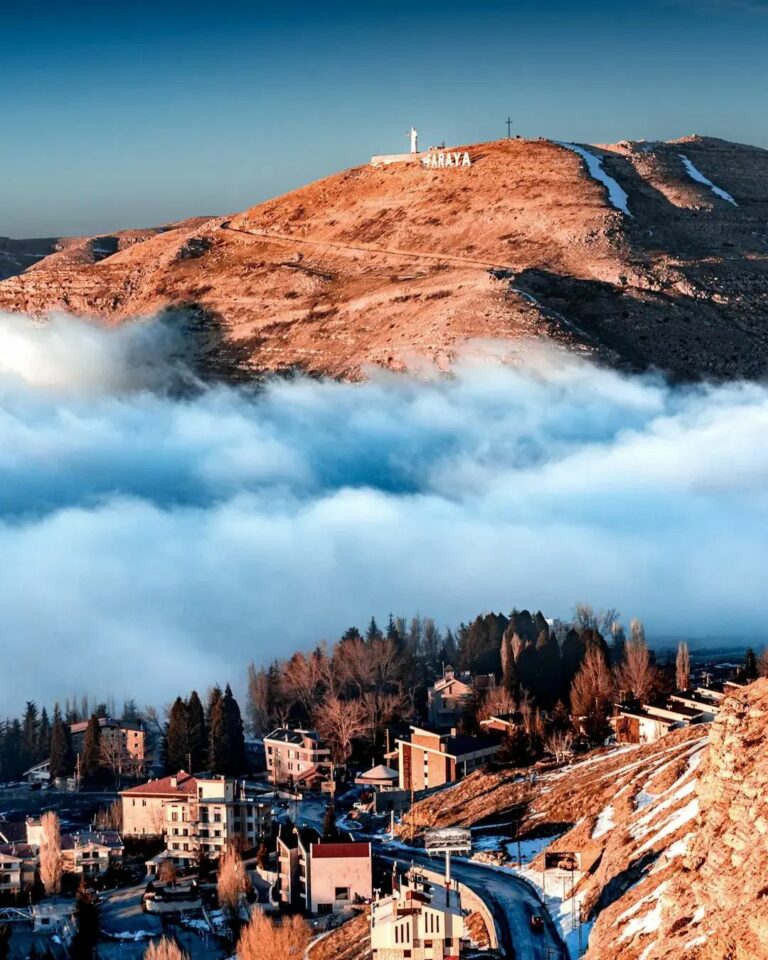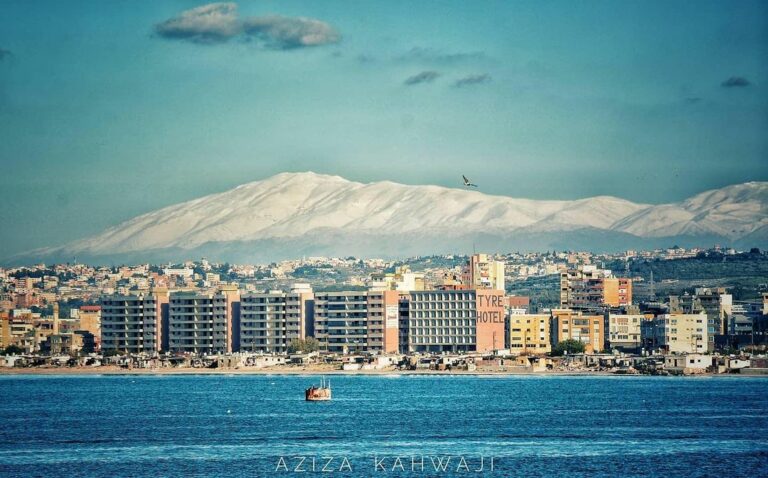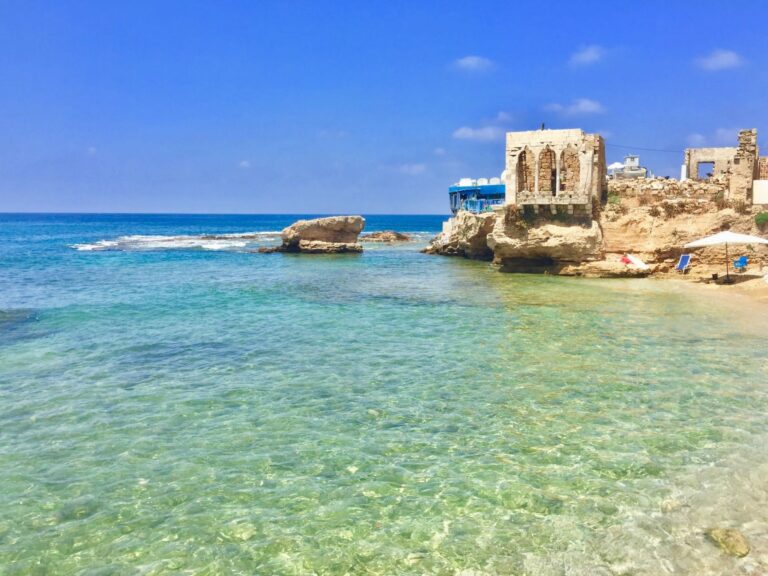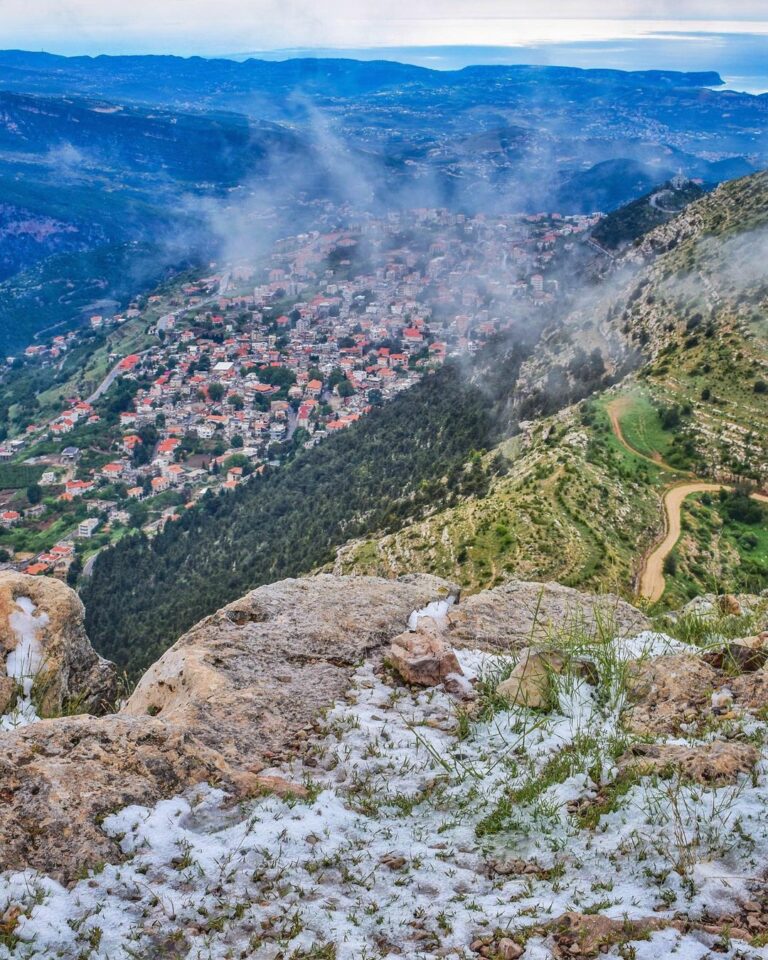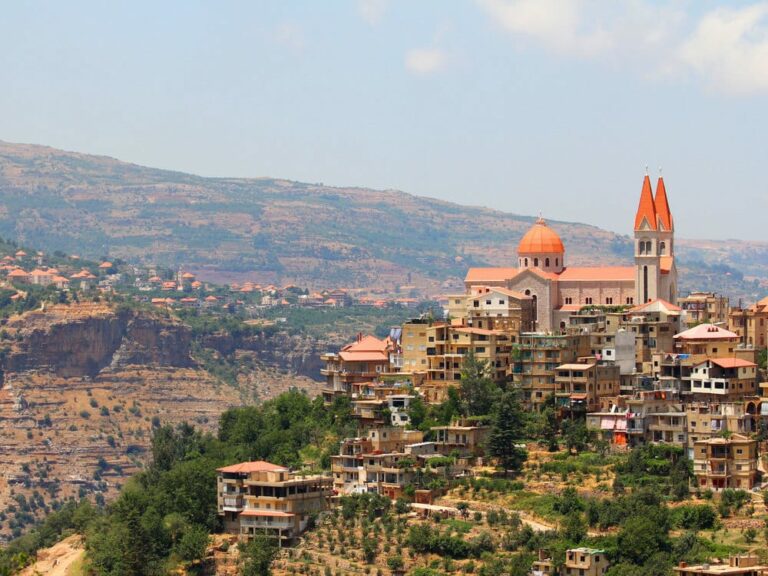
Broumana, one of the favorite villages of the Lebanese
Located at the top of a hill in Metn, Broummana or Broumana or Broumena is a true traditional resort known throughout the Middle East region. The reputation of this village comes mainly from its hotels, its pleasant climate, its greenery and its summer nightlife. Located just a 20-minute drive from the capital, the place offers stunning views of Beirut and the coastline. It is therefore a must during your vacation in Lebanon! Once considered a true summer resort, Broummana was the favorite tourist destination for wealthy travelers from Gulf countries. After having lost a little of its splendor among these tourists, whose number has dropped considerably following successive geopolitical tensions in the region, the village has gradually regained color by becoming a prestigious tourist destination for a new type of clientele. , more diverse. The renovation of infrastructure (roads, sidewalks, building facades) makes it a pleasant destination with its numerous hotels, restaurants and cafes. Nicknamed “the city of flowers”, Broumana impresses with the magnificent facades of its traditional houses decorated with multicolored bouquets, its thousands of majestic pines which add shade to



